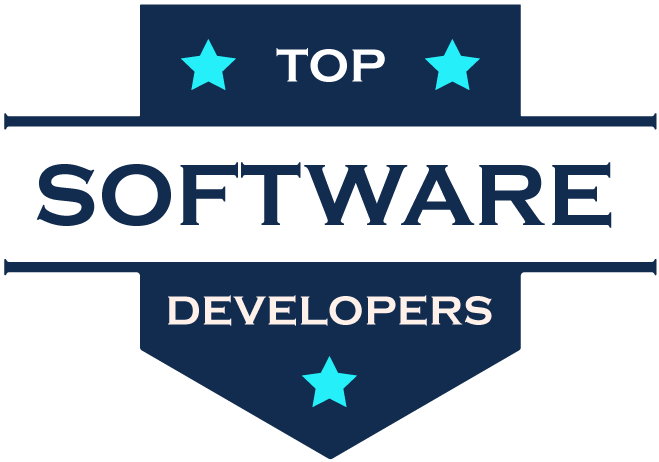Did you know that the U.S. edtech market is expected to hit $270 billion by 2026? From Ivy League universities to independent tutors, education providers across the country are rapidly digitizing the learning experience—and mobile apps are leading the way.
If you’re planning to launch an educational app in the U.S., the first big question is:
How much does it cost to build one?
Let’s unpack it.

1. Defining Your Educational App’s Purpose
The U.S. market is highly competitive and diverse, so defining your app’s core objective is step one. Are you building:
- A self-paced course platform (like Skillshare or Teachable)?
- An interactive tutoring app for K-12 or SAT/ACT prep?
- A corporate learning app for professional development?
- A hybrid school system LMS?
- A preschool/kids educational game app?
Your app’s niche and audience will drive everything from required features to compliance considerations (e.g., FERPA, COPPA).
2. Must-Have Features for U.S. Educational Apps
In the U.S., users expect seamless, reliable, and secure digital learning experiences. To stay competitive, your educational app should offer:
- Single Sign-On (SSO) and secure user authentication
- Interactive course content: videos, PDFs, assessments
- Live streaming and webinars
- Offline access for lessons and downloads
- Gamified progress tracking
- Parent or admin dashboards (for kids’ apps)
- Push notifications & reminders
- In-app purchases or subscriptions
- Compliance with data privacy laws (COPPA, FERPA, GDPR)
Optional but powerful add-ons include AI-based recommendations, real-time messaging, integrations with tools like Zoom or Google Classroom, and multilingual support.
3. Design, UX, and Accessibility Requirements
In the U.S., your app’s user interface and experience can make or break your success. Federal guidelines like the Americans with Disabilities Act (ADA) and Section 508 require your app to be accessible to users with disabilities.
Design considerations must include:
- WCAG-compliant color contrast and navigation
- Closed captioning for videos
- Voice and screen reader compatibility
- Sleek, intuitive layout for all age groups
Designing with accessibility and responsiveness in mind not only expands your user base but also protects you legally.
4. Development Cost Breakdown in the U.S. Market
Educational app development in the USA typically costs more than in emerging markets due to labor, compliance, and infrastructure standards. Here’s a realistic breakdown:
- MVP Educational App: $25,000 – $60,000
- Features: User registration, basic lessons, content upload, quizzes
- Mid-Level App with Live Learning: $60,000 – $120,000
- Features: Live classes, interactive tests, offline mode, user analytics, payments
- Enterprise-Level LMS or Marketplace: $150,000 – $300,000+
- Features: Multiple user roles, full video suite, API integrations, mobile + web, admin dashboards, certifications, AI tutors, compliance tools
This range varies depending on team size, chosen tech stack (Flutter, React Native, Swift, etc.), and whether you’re building for iOS, Android, or both.
5. Choosing a Development Partner in the U.S.
You have three main options:
- Freelancers: Affordable for MVPs but risky for complex builds
- In-house team: Ideal for long-term evolution but costly ($100K+/yr per developer)
- Agencies like Appfur: Provide full-cycle design, development, QA, and post-launch support at a controlled cost
At Appfur, we combine U.S.-standard quality with global development efficiency. That means top-tier code, stunning design, and scalable architecture—without Silicon Valley prices.
6. Additional Costs You Should Expect
Aside from app development, you’ll need to budget for:
- Cloud hosting (AWS, Google Cloud)
- Licensing for content or integrations
- Monthly maintenance and version updates
- Digital marketing (SEO, ads, influencer outreach)
- Data protection compliance & legal fees
- App store fees and transaction charges
Also, don’t forget ongoing user support and feature rollouts—because the most successful educational apps evolve with their users.
Final Thoughts
Launching an educational app in the U.S. isn’t just about code—it’s about creating a solution that delivers lasting value to students, educators, and institutions. It requires an intentional mix of design, technology, compliance, and business strategy.
At Appfur, we help U.S.-based entrepreneurs, coaches, and edtech companies turn big ideas into powerful learning tools. Whether you’re looking to test an MVP or build a full-scale LMS, we’ve got you covered—from idea to launch and beyond.
Need a cost estimate for your educational app?
Get a free consultation at www.appfur.com — we work with U.S. clients to build world-class products at startup-friendly rates.
If you found this post valuable and you're serious about turning your app idea into a real product, let’s take the next step together. At Appfur, we specialize in transforming early-stage concepts into fully functional, user-focused applications.
We’re offering a free 30-minute strategy session to help you:
- Validate your app idea with an expert
- Identify the fastest, most cost-effective path to launch
- Get a clear, actionable plan tailored to your goals
No hard pitches. No fluff. Just real value.
Click the link below to schedule your free call — spots are limited each week.
